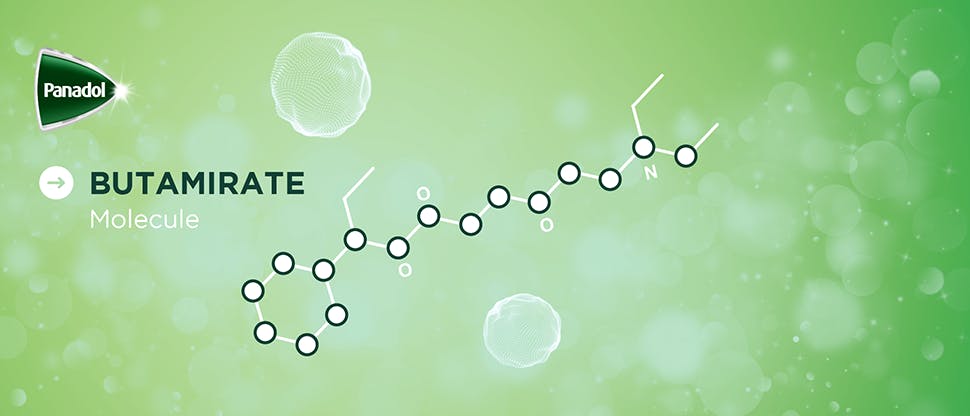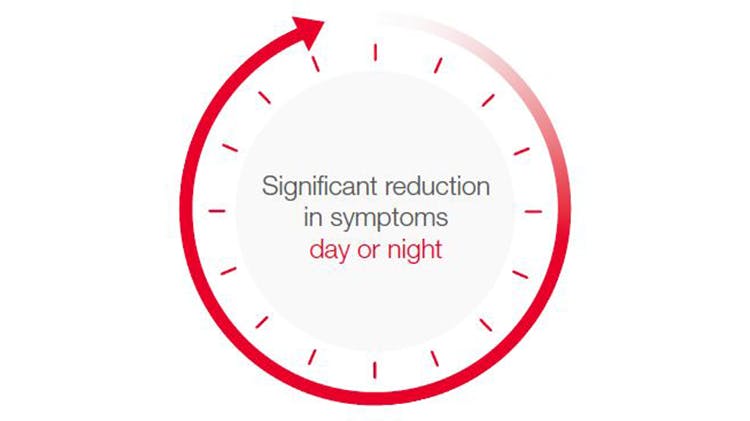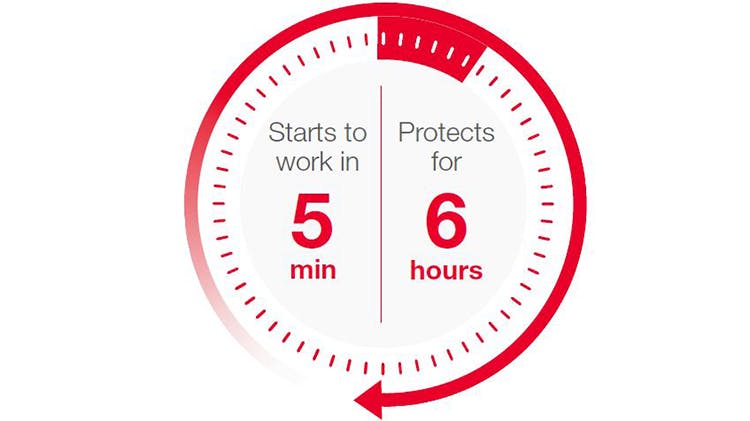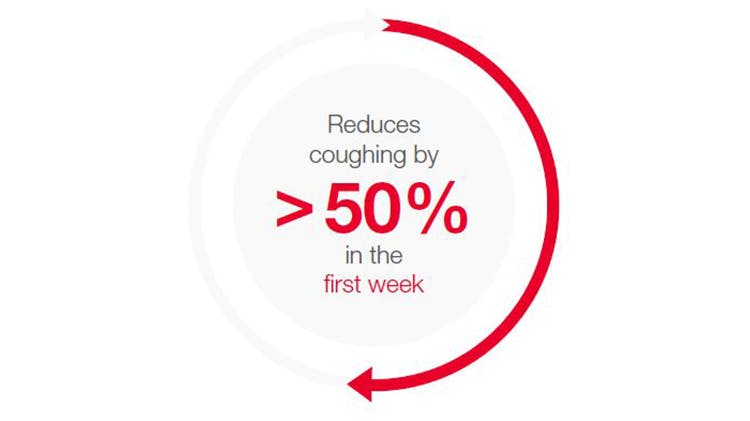Butamirate formulations


Butamirate suppresses the cough reflex through a central effect1
Butamirate is a non-opioid cough suppressant, thought to act via a central effect. However, the exact mechanism of action is unknown.
It also possesses non-specific anticholinergic and bronchospasmolytic effects to facilitate respiratory function.1
Butamirate offers proven efficacy at reducing a dry cough2
Corsodyl chlorhexidine digluconate mouthwash

Sinecod
Sinecod oral drops, syrup, tablets, and lozenges are formulated with butamirate for relief from a dry cough.
Panadol Cold & Flu – Your Cold & Flu Partner
The Panadol Cold & Flu range
Find out how the Panadol Cold & Flu range can help your patients.



